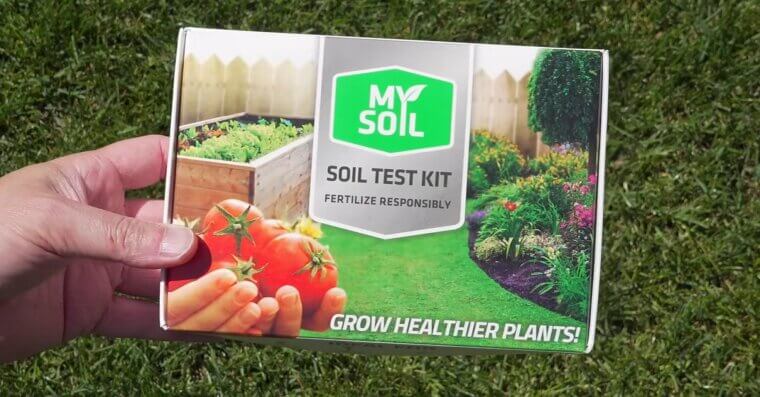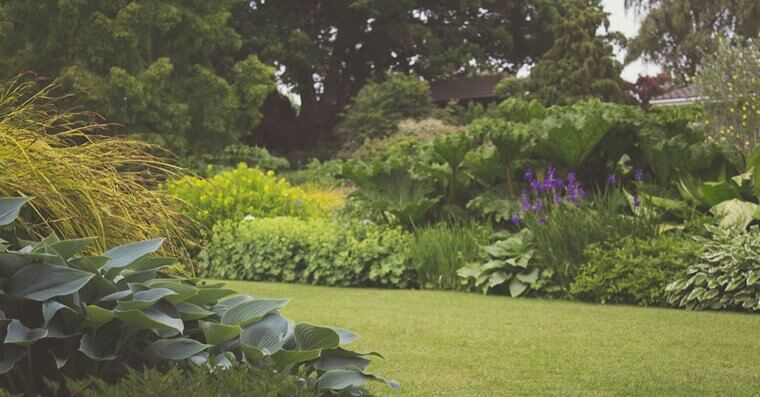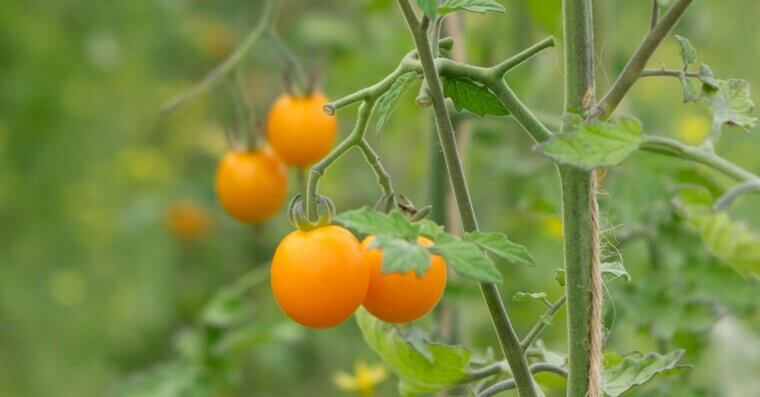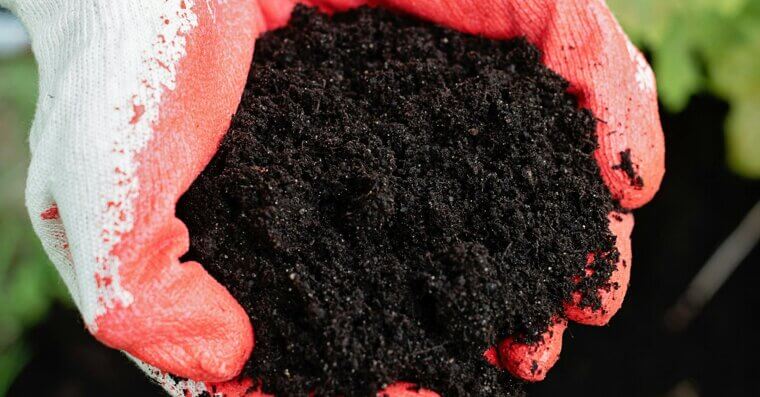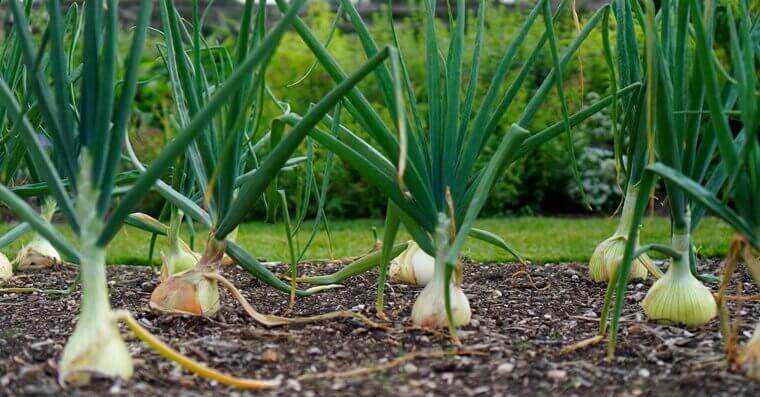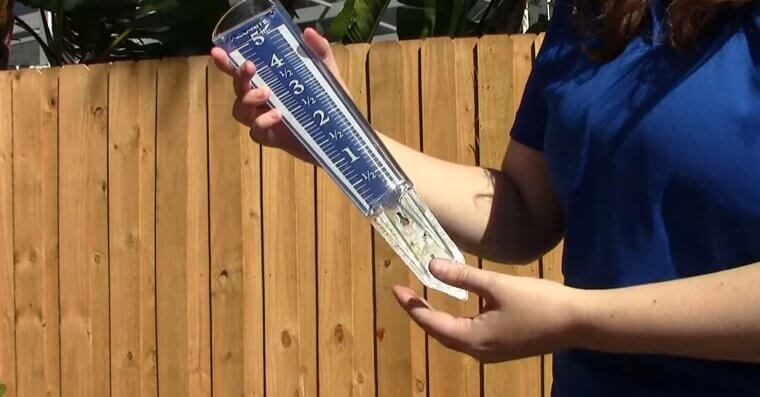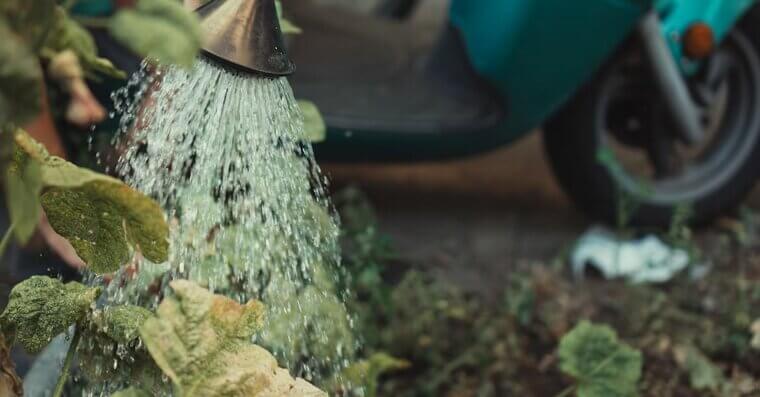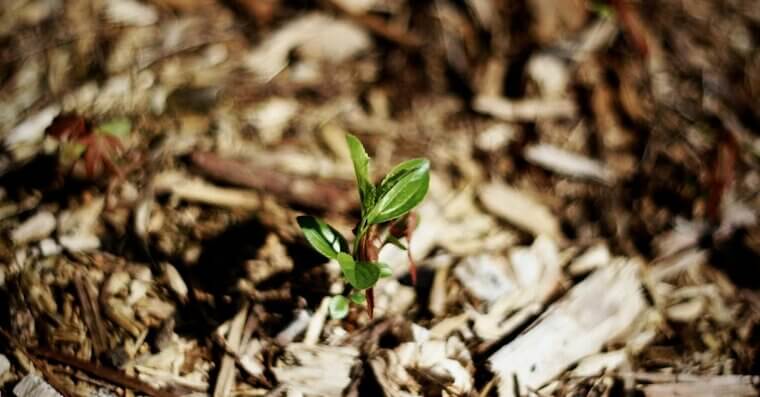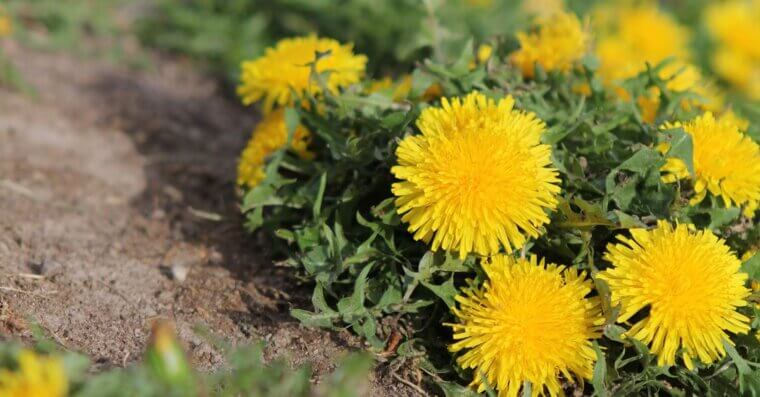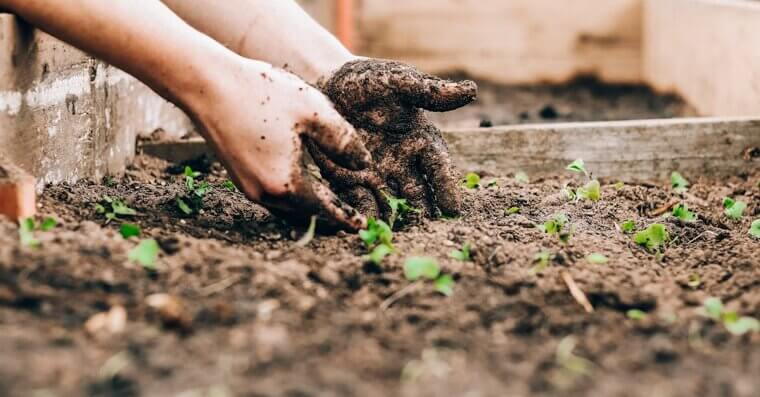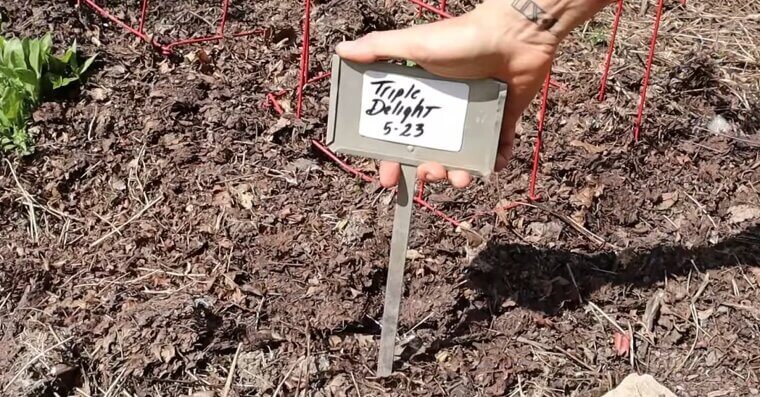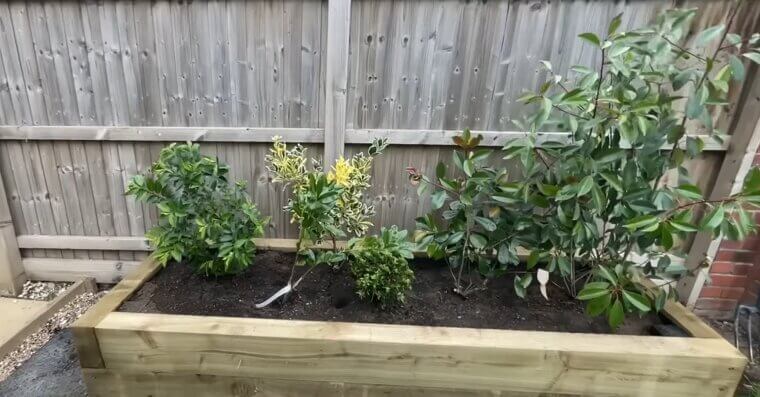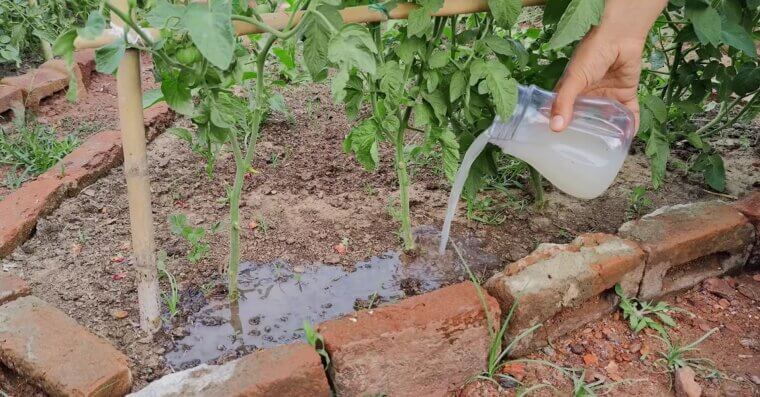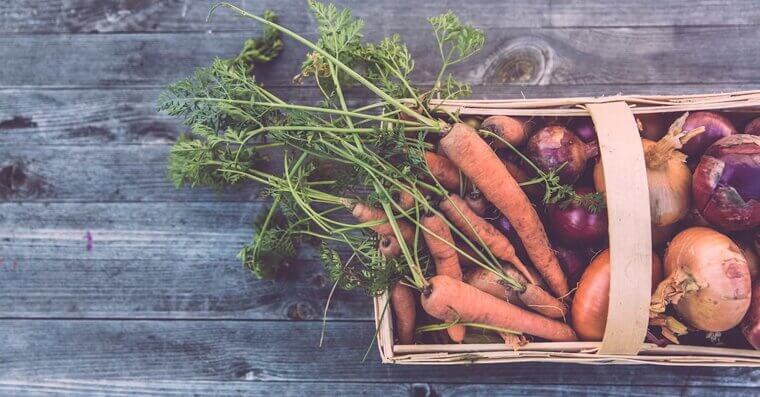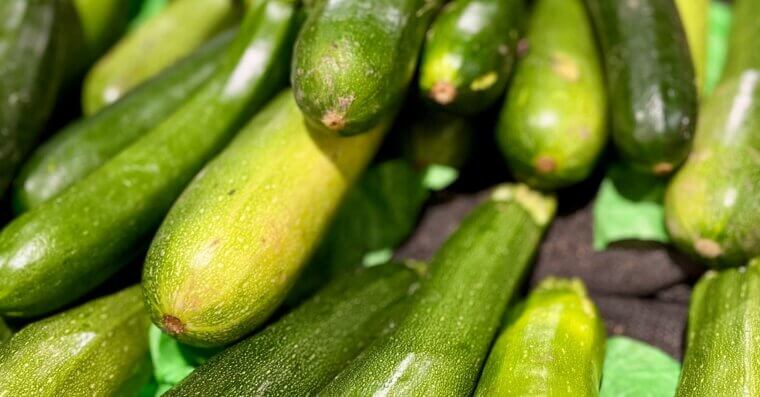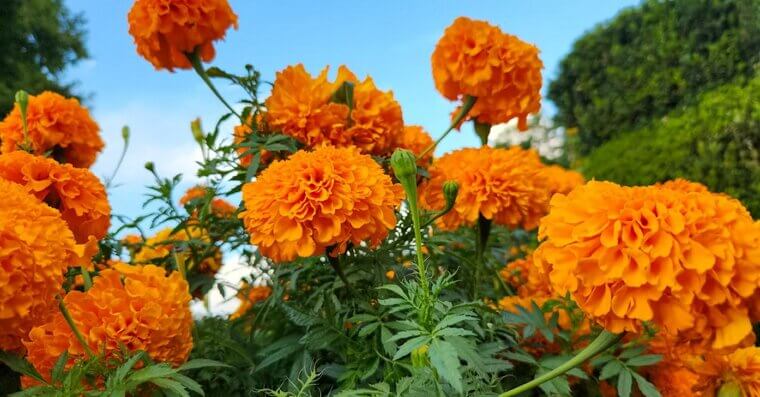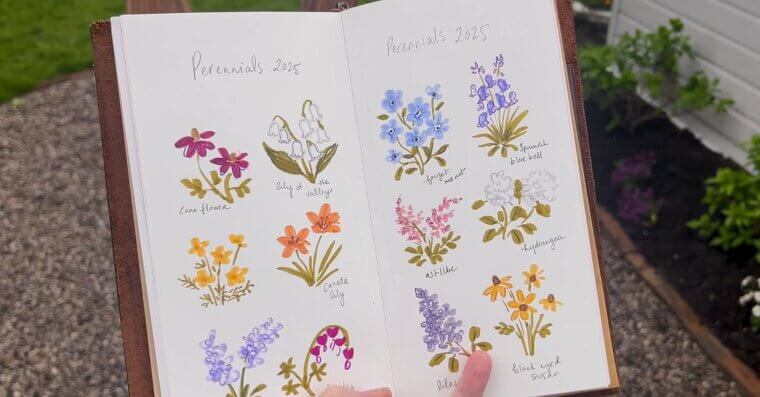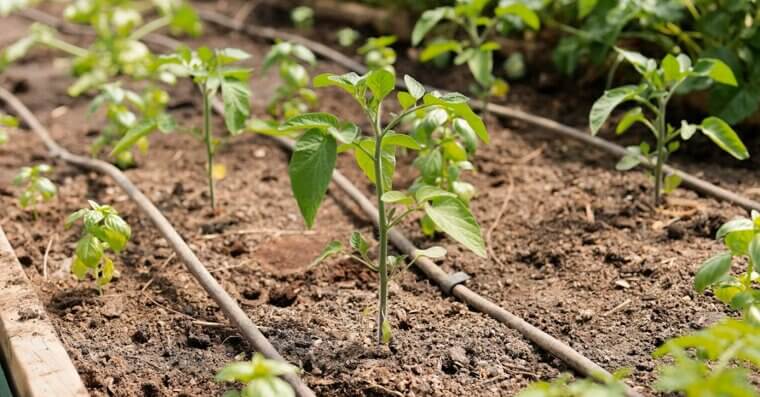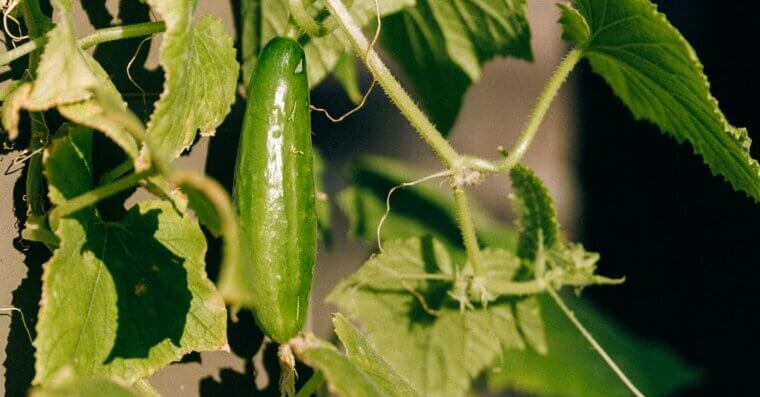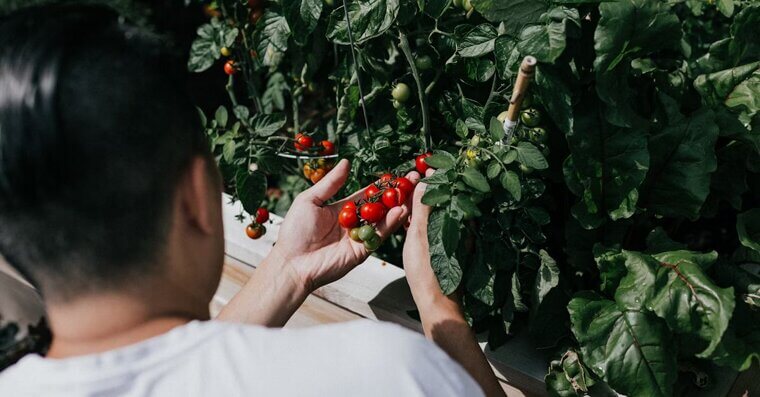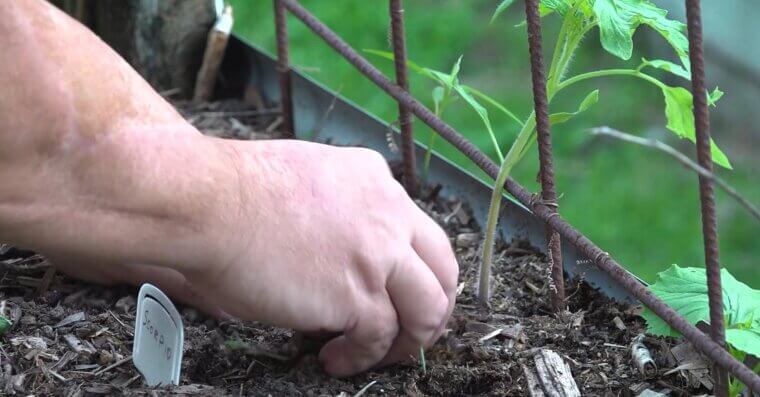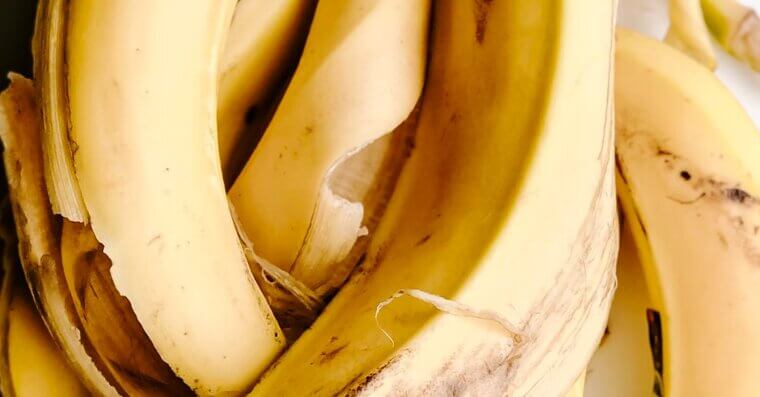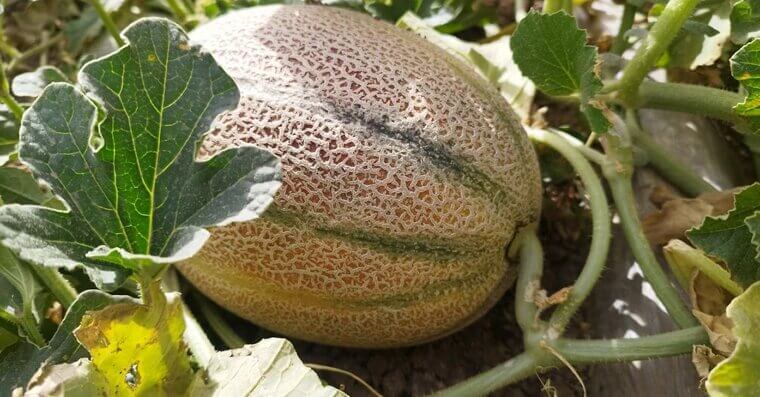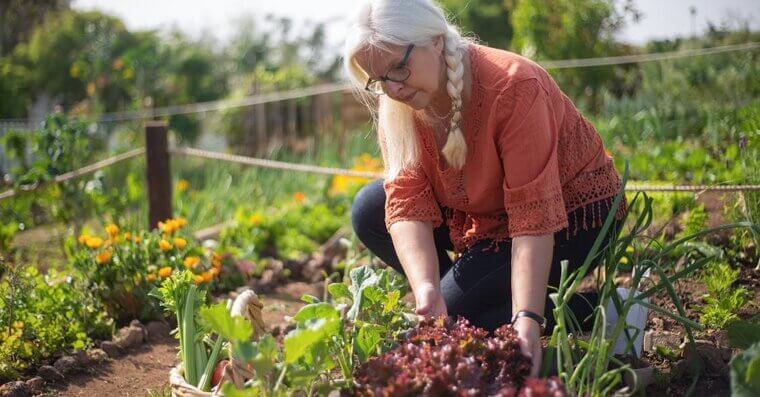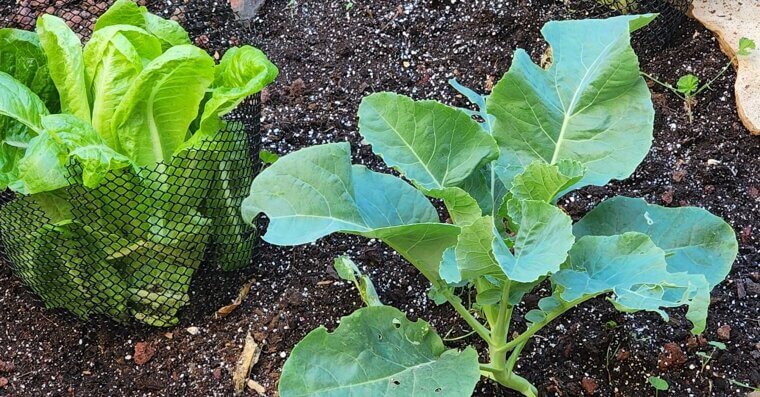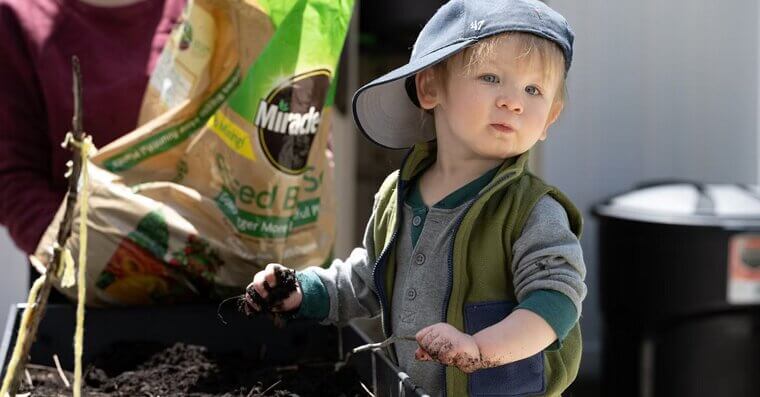Test Your Soil First
Before you plant anything, find out what’s going on beneath the surface. A simple soil test reveals pH and nutrient levels, helping you know whether you need compost, lime, or fertilizer. You can grab a DIY kit or send a sample to your local extension service.
Learn Your Average Frost-Free Date
This one’s huge. Your local frost-free date tells you when it’s safe to start planting outdoors. Plant too early, and a surprise cold snap can wipe out your seedlings overnight. Check your area’s frost calendar online and plan your planting schedule accordingly.
Decide Where To Grow Your Vegetables
Before planting a single seed, figure out where your vegetables will live. Most veggies need at least six hours of full sun a day, so pick a spot that gets plenty of light. Avoid low-lying areas that hold water after rain, they’ll drown your produce.
Decide What Vegetables To Grow
Grow what you actually love to eat! There’s no sense in planting rows of kale if no one in your household will touch it. Start with easy, reliable crops like tomatoes, lettuce, or zucchini. Move up to more advanced crops as you grow more confident in your gardening abilities.
Improve Your Soil With Compost
Compost is your garden’s best friend. It adds nutrients, improves soil texture, and boosts water retention. You can buy it bagged or make your own from kitchen scraps and yard waste. Spread a few inches over your garden each year, and you’ll notice healthier plants, fewer weeds, and better harvests.
Companion Planting Works Wonders
Some plants play well together and even help each other thrive. For example, basil can improve tomato flavor and repel pests, while beans add nitrogen to the soil for leafy greens. Look up companion planting charts to plan your layout.
Choose the Right Containers if Space Is Tight
No yard? No problem! You can grow plenty of vegetables in pots or grow bags. Just make sure they’re deep enough - tomatoes and peppers like at least 12 inches of soil. Use good-quality potting mix, not garden dirt, and water more often since containers dry out faster. You’ll be amazed at what you can grow on a balcony.
Attract Pollinators
Bees, butterflies, and even hummingbirds (if they’re in your area) play huge roles in helping your vegetables set fruit. To draw them in, plant pollinator-friendly flowers like lavender, zinnias, or coneflowers nearby. Avoid pesticides, especially during bloom time.
Don't Overcrowd Your Vegetables
Cramming too many plants into one space is a rookie mistake. Overcrowded vegetables compete for sunlight, water, and nutrients, leading to smaller harvests and more disease. Check the spacing recommendations on your seed packets and resist the urge to overfill your beds.
Keep Track of Your Rainfall With a Rain Gauge
A rain gauge might seem old-fashioned, but it’s a gardener’s secret weapon. Vegetables typically need about an inch of water per week. Instead of guessing, use the gauge to know how much Mother Nature provided and how much you need to add yourself.
Water Deeply, Not Just Often
Shallow watering won’t do the job. Instead, water deeply once or twice a week so moisture penetrates several inches into the soil. This helps plants develop strong roots that can handle heat and dry spells. Morning is the best time to water
Mulch to Lock In Moisture
Any gardener will explain the importance of mulch – it’s a moisture saver and weed suppressor. Add a 2–3 inch layer of straw, shredded leaves, or grass clippings around your plants to give them a handy boost.
Keep On Top of Your Weeding
Weeds are sneaky little thieves- they steal water, sunlight, and nutrients from your veggies. Stay ahead of them by pulling them regularly, especially when they’re small. A quick five-minute weeding session every few days should be fine.
Pay Attention to Diseases and Insect Pests
Inspect your garden often. Yellowing leaves, chewed edges, or sticky residue could signal trouble. Catching issues early means you can fix them before they spread. Use natural pest control options like neem oil or insecticidal soap.
Practice Crop Rotation
If you grow the same vegetables in the same spot year after year, you invite pests and disease to settle in. Mix things up! Rotate crops each season so plants from the same family don’t occupy the same bed twice in a row. It keeps your soil healthy.
Start With Transplants for Certain Crops
Some vegetables - tomatoes, peppers, and eggplants for example - do better when started indoors and transplanted later. You can buy starter plants from a nursery or grow your own from seed. Either way, it gives your garden a head start, especially in areas with shorter growing seasons.
Label Everything
It’s easy to forget what you planted once those seedlings start popping up. Use weatherproof plant markers or even popsicle sticks to label each row. If you like, you can even include the planting date so you can track growth and harvest times.
Use Raised Beds for Better Results
Raised beds warm up faster in spring, drain better after rain, and make gardening easier on your back. Plus, they keep weeds and pests under better control. You can build them yourself if you reckon you’re a good enough carpenter.
Feed Your Plants Regularly
Even with good soil, vegetables are heavy feeders. Use an organic fertilizer or compost tea every few weeks to keep nutrients flowing. Your vegetables will get bigger before you know it!
Make Sure to Harvest On Time
Don’t let those delicious veggies linger too long on the vine! Harvesting encourages plants to produce more. Pick cucumbers and zucchini while they’re young and tender, and snip leafy greens often to keep them regenerating.
Plant in Succession for Continuous Harvests
Instead of planting all your seeds at once, stagger them every couple of weeks. This trick, called succession planting, keeps your garden producing fresh veggies all season long. You’ll avoid the dreaded zucchini overload and always have new crops ready to pick.
Try Companion Flowers
Flowers aren’t just pretty - they’re powerful garden allies. Marigolds repel aphids, while nasturtiums lure pests away from your vegetables. Sunflowers can provide shade for lettuce during hot spells. And mixing in blooms attracts pollinators like bees and butterflies, too.
Make a Garden Journal
Keep a simple notebook or digital log of what you plant, when you planted it, and how it performed. Record your watering schedule, fertilizer use, and pest problems. Over time, you’ll spot patterns that help you improve.
Water at the Base, Not the Leaves
Not everyone knows this, but when watering, you should always aim for the soil and not the leaves. Wet foliage can invite mildew, mold, and other plant diseases. A soaker hose or drip irrigation system makes it easy to target the roots directly.
Use Natural Pest Control
Skip the harsh chemicals whenever possible. Nature gives you plenty of gentle solutions: ladybugs eat aphids, for example, and neem oil keeps mites in check. Even a strong blast of water can knock pests off from your best plants.
Support Your Climbing Plants
Vegetables like tomatoes, cucumbers, and beans love to climb. Give them trellises or stakes early so they can grow upward instead of sprawling. It saves space, improves airflow, and makes harvesting easier. Plus, keeping fruit off the ground helps prevent rot and pest damage.
Don’t Forget About Drainage
Good drainage keeps your plants happy and their roots healthy. If water tends to pool in your garden, mix in compost or sand to improve the soil structure. In containers, make sure there are holes at the bottom. Soggy roots are one of the fastest ways to kill a promising crop.
Thin Your Seedlings
It feels wrong to pull up perfectly good sprouts, but thinning is essential. When seedlings grow too close together, they compete for space, water, and nutrients. Snip weaker ones at the base, leaving enough room for the strong ones to thrive. Survival of the fittest applies to the natural world, after all.
Use Kitchen Scraps as Fertilizer Boosts
Banana peels, eggshells, and coffee grounds can all give your garden a little extra love. Crush and sprinkle them into the soil or compost pile to add nutrients like potassium, calcium, and nitrogen. It’s an eco-friendly and also budget-friendly way to feed your plants
Plant What Grows Well in Your Climate
Not every vegetable thrives everywhere. Check your USDA Plant Hardiness Zone to see what grows best in your region. Leafy greens love cooler temps, while peppers and melons crave heat. When you plant what’s suited to your local climate, you’ll deal with fewer headaches and enjoy more reliable harvests.
Keep Pathways Clear and Accessible
Give yourself space to move! Keep garden paths wide enough for a wheelbarrow and free of overgrown plants. This makes watering, weeding, and harvesting so much easier. You’ll avoid trampling your crops, and it just feels good to have a tidy, easy-to-navigate space when you’re out there working.
Don’t Forget to Rotate Sun and Shade
If your garden spot gets partial shade, plan accordingly. Lettuce, spinach, and radishes can handle cooler, shadier spots, while tomatoes and peppers crave full sun. Adjust your planting map as the seasons shift - what’s sunny in spring may be shaded later on.
Get Your Kids Involved in the Garden
Gardening is a fantastic way to get kids off their phones and into good old-fashioned dirt. Give them their own small patch or a few pots to plant seeds in. Kids love watching things grow, and it teaches patience, responsibility, and where food really comes from. Plus, they’re way more likely to eat veggies they helped grow themselves!
Start Small and Expand Later
It’s tempting to go big right away, but starting with a small plot helps you learn the ropes without getting overwhelmed. A 4x8-foot raised bed or a few containers are plenty for beginners. Once you’ve mastered watering, weeding, and harvesting, you’re on the right path.
Enjoy the Process, Not Just the Harvest
It’s easy to get caught up in trying to grow the best vegetables, but gardening is about more than just food. It’s fresh air, exercise, and a chance to slow down and reconnect with nature. Every weed pulled and tomato picked should be part of the joy.

